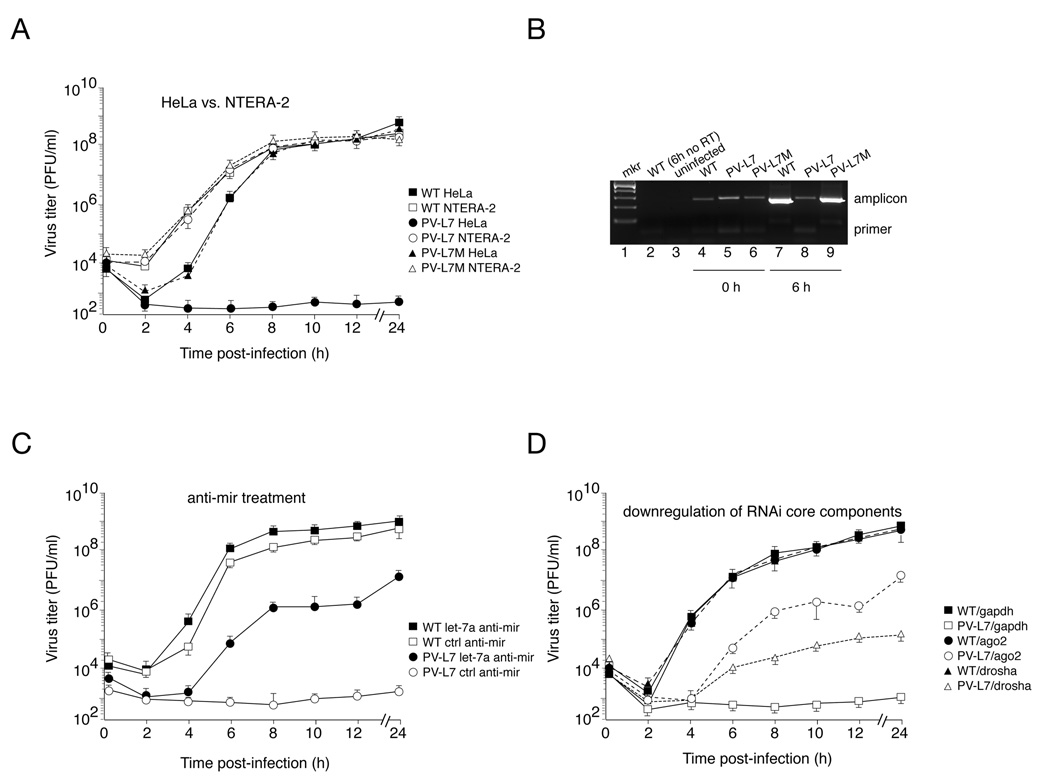Figure 2. Engineered PV-L7 virus exhibits attenuated replication kinetics due to endogenous let-7a-mediated repression.
(A) Replication kinetics of wild type poliovirus (squares) and engineered viruses, PV-L7 (circles) and control PV-L7M (triangles), in the permissive (NTERA-2, white symbols) and non-permissive (HeLa, filled symbols) cell lines by virtue of endogenous let-7a expression. PV-L7 viral replication is attenuated in HeLa cells by six orders of magnitude, whereas the PV-L7M control virus replicates with wild type kinetics. Viral titer values represent the mean ± SD of three independent experiments. Error bars, SD.
(B) RT-PCR analysis of total RNA extracted from HeLa cells infected with wildtype, PV-L7, or PV-L7M virus at time zero (lanes 4–6) and six hours post infection (lanes 7–9). We amplified by RT-PCR a 269nt-long fragment (amplicon), spanning the 5’ target insertion site, from 200ng total RNA. The molecular marker is shown in lane 1. Lane 2 controls for the reverse transcription reaction, and lane 3 corresponds to RNA isolated from uninfected HeLa cells used as template for the RT-PCR reaction.
(C) Inhibition of endogenous let-7a using anti-mir technology rescues PV-L7 viral replication in the non-permissive HeLa cells. HeLa cells were transfected with small oligonucleotides corresponding to the let-7a complementary sequence (anti-mir let-7a, black symbols) or control nonspecific oligonucleotide (ctrl anti-mir, white symbols). HeLa cells were then infected with wild type poliovirus (squares) or engineered PV-L7 virus (circles). Viral titer values represent the mean ± SD of three independent experiments. Error bars, SD.
(D) Knocking-down core components of the RNAi machinery rescues PV-L7 replication. siRNAs targeting Ago2 (circles) and drosha (triangles) partially rescues replication of PV-L7 (white symbols) in the non-permissive HeLa cells, while a siRNA targeting GAPDH has no effect (squares). Transfecting siRNAs has not effect on wild type poliovirus replication (WT, black symbols). Viral titer values represent the mean ± SD of three independent experiments. Error bars, SD.

